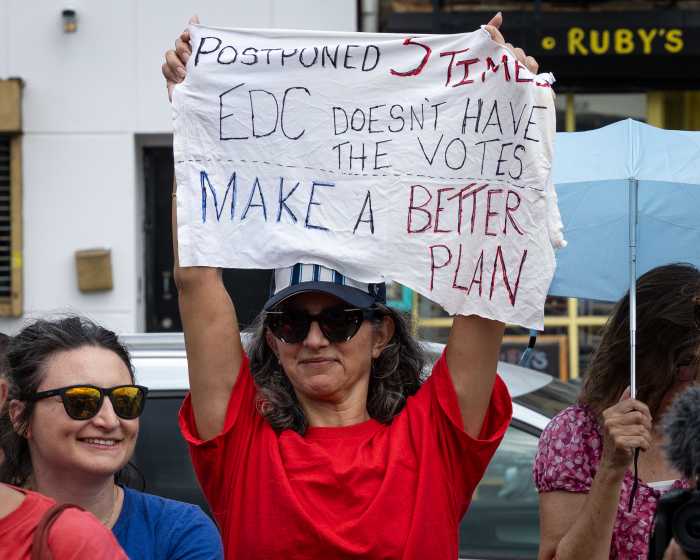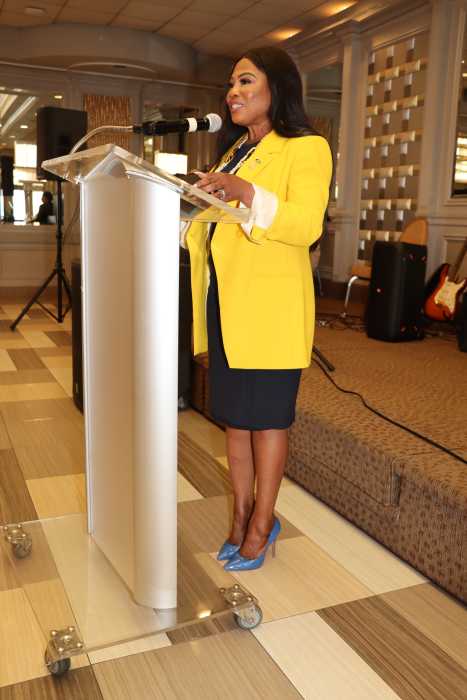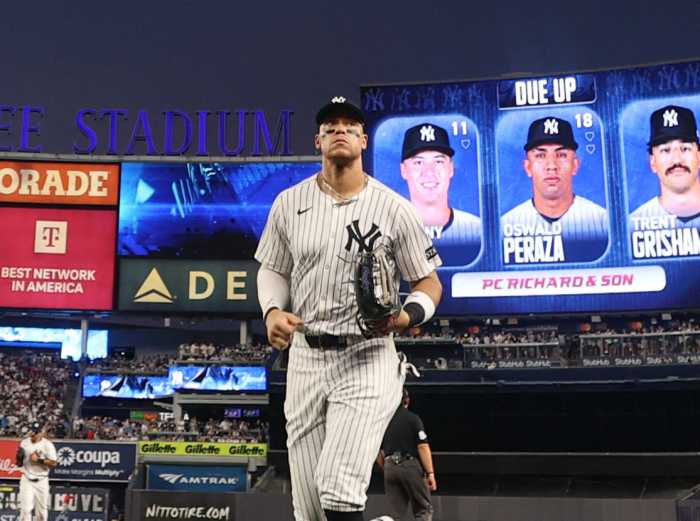The new rent regulation adjustments went into effect in New York City on October 1, reflecting the historic June Rent Guidelines Board vote, held at the Great Hall at Cooper Union, which mandated no increase for one-year lease renewals and a two percent increase for two-year renewals. What had never been achieved in the 46-year existence of the RGB was finally pulled off — a rent freeze!
Many in the raucous crowd, featuring passionate housing groups from across the city, shouted in English and Spanish, “What do we want? Roll-back!” That would have meant an actual rent reduction for New Yorkers living in the city’s 1 million rent-stabilized units, which make up slightly less than half of the city’s total stock of 2.2 million rental apartments. At the news that there would only be a freeze, many started angrily crying out, “Shut it d down!”
Harvey Epstein, an RGB appointee, tried to put things into perspective and calm the crowd down: “Let’s realize, this is not a sprint. It’s a marathon. This is about today, this is about the future. We’ll be back next year to keep doing better and better.” In other words, the guidelines board, as currently composed by Mayor Bill de Blasio, will have at least two more go-rounds in his current term to either maintain a rent freeze or even mandate a rollback.
Clearly, the figures justify a rollback. In recent years, the RGB has exaggerated landlords’ projected operating expenses, using faulty numbers to justify rent hikes for hard-working New Yorkers trying to stay afloat in a tough economy. While salaries don’t keep pace with the cost of living, landlords have seen a net operating revenue increase of 34 percent since 1990.
Thankfully, the landlords’ price index used by the RGB to calculate rent increases this year was its lowest since 2002. Even if there is no rollback next year, two more years of rent freezes would go a long way toward helping tenants get by. As it is, 35 percent to 40 percent of city residents are currently paying half their income toward rent, to the point that they are, by definition, “rent burdened.” Three-quarters of a million New Yorkers are living below the poverty line. One setback and these folks are left reeling. It’s an untenable situation.
De Blasio has explained this situation very clearly, for example in his State of the City speech in January. Freezing rents was a huge step in addressing the city’s “affordability crisis,” as he has defined it. The mayor has taken his share of blows in his first two years, but the rent freeze was a dramatic display of his power to shape the city. What always seemed impossible is now a reality. He couldn’t quite manage it in his first year, since he hadn’t yet gotten control of all the RGB appointments. But firmly in the driver’s seat in year two, he made good on his pledge to hold the line on rents.
Landlords and real estate groups are predictably apoplectic over the rent freeze. “This is myopic,” complained a landlord representative on the board. But property owners will still be making their profits; it’s the unfair rent gouging that, at long last, is being stemmed. As Rachel Godsil, the board’s chairperson, so aptly put it: “Tenants are struggling, while landlords are doing okay. Our charge is not to widen the gap, but to make the system equitable.”
Bravo!
One big negative in the tenants’ world this year was Governor Andrew Cuomo’s failure to meaningfully raise the rental cap for vacancy decontrol, managing a boost of only $200, to $2,700. Vacancy decontrol has the potential to undo rent regulation over the long term by taking affordable units out of the system, and more should have been done. Still, the lack of a rent hike on October 1 is something to cheer.
Lincoln Anderson is editor-in-chief of The Villager, a sister publication to Gay City News.





























